Periodontal Disease is a notorious dilemma of swelling in the tissues around teeth, ordinarily due to plaque buildup—a sticky layer of bacteria on the teeth. If someone doesn't clear their teeth frequently and use dental floss to unload plaque, it can harden into tartar, making gums sore and swollen.
The first stage of gum disease is known as gingivitis. It makes the gums red and puffy, which may bleed when you brush or floss your teeth. If you don't treat gingivitis, it can become a worse gum disease called periodontitis. It makes the gums retract from the teeth and manufactures gaps where infections may surface. As time passes, the chasms get more extensive and may compromise the bones, resulting in teeth falling out.
Not brushing your teeth as due, using tobacco products, having a family history of health problems, or experiencing some diseases may make you more likely to get gum dilemmas. Also, organic hormone alternations during teenage years, pregnancy, or menopause can elevate the possibility of getting gum diseases.
To facilitate gum disease, a dentist customarily performs a deep clean to vanish plaque and tough deposits. They also use tactics like scaling to smooth the roots of the teeth, which assists in better gum healing. If the situation is critical, surgery could be required to repair the damaged zones and improve gum health.
A plethora of people around the world often experience problems with their gums. Research proves that nearly half of all people over thirty years old![]() may have some form of gum disease. As individuals grow older, they are more vulnerable to obtaining this indisposition.
may have some form of gum disease. As individuals grow older, they are more vulnerable to obtaining this indisposition.
Advanced periodontal disease can be very multifaceted from person to person. Initially, you may see witness evidence like puffy gums that better teeth cleaning can repair. But if taken care of, the disorder will slowly get better. Unfortunately, it may lead to hazardous harm to the gums and bones close to the teeth, which cannot be repaired, ending up in the loss of teeth over time.
Gum repercussions affect not just the teeth and gums but may also connect to other health matters like heart problems, sugar disease, and breathing infections. Researchers are still unearthing how these connections work; however, their thinking is that swelling and bacteria from gum issues can play a role in generating or making these whole-organism conditions worse.
Moreover, a disorder in the gums can considerably change how good someone's existence is. It may cause hurt, discomfort, and problems with biting food or talking when it gets worse. Lastly, the look of gum disease, like gums that pull back and lose teeth, can influence a patient's mental disposition by altering how they feel about themselves and their confidence level.

The aspects of gum disease advance with multifaceted traits and effects on the mouth's health.
The beginning stage is gingivitis, where the gums are puffy and bleed easily. It is customarily because plaque crowds where teeth meet the gums. Gingivitis routinely improves when you take duly care of your teeth and receive service from a dentist. It is vital to realize that gingivitis affects the gums, not so much the parts of your mouth that hold up the teeth.
Without aid, gingivitis may become periodontitis, a more worrisome gum malady. This matter affects the parts that hold teeth in place, like gums, bones, and other connecting components. As periodontitis advances, gaps may emerge between the teeth and gums, constructing a perfect environment for bacteria to crowd and do more harm.
In the advanced aspect of periodontitis, the bones and tissues that hold teeth can be compromised. It may make the teeth unstable, and they can even come out later. Problems like infections around a tooth, gums that pull back, and modifications in how your teeth are positioned may happen when you have potent periodontitis. It can modify the style of your teeth look and work.
The primary reason for gum disease is plaque accumulation, a sticky film containing bacteria that adheres to your teeth. If you don't routinely brush and clean the spaces between your teeth, the plaque evolves into hard tartar or calculus close to your gum area. When there is a lot of plaque and tartar, it annoys the gums, leading them to get swollen and begin showing signs of gum disease.
Other factors that increase the chance of getting gum disease, apart from plaque and tartar, are not maintaining proper dental hygiene, such as infrequent brushing and flossing, which allows plaque to accumulate more readily on teeth and gums. Using tobacco, like smoking, can increase the chance of getting gum disease since it reduces how well your body fights infections and makes healing slower.
What's more, genetics may play a role in the chance of someone developing gum disease. Some people may possess factors passed down from their parents that make them more susceptible to issues with their gums, even when they maintain proper dental hygiene. Alterations in hormonal levels![]() , such as those experienced during puberty, pregnancy, or menopause, can elevate the susceptibility to gum disease due to gums becoming more vulnerable to irritation from plaque and bacteria.
, such as those experienced during puberty, pregnancy, or menopause, can elevate the susceptibility to gum disease due to gums becoming more vulnerable to irritation from plaque and bacteria.
Individuals suffering from health conditions such as diabetes, autoimmune disorders, and HIV/AIDS may possess weaker immune defenses against infections, which also encompasses oral diseases affecting the gums. So they could get gum disease more easily, which might be worse for them.

Gum problems can present miscellaneous symptoms that range from mild to severe, depending on the advancement of the disease. Early-stage gum issues, known as gingivitis, cause redness and swelling in the gums, which might also be painful. Individuals with gingivitis may notice their gums bleed easily, particularly while brushing or flossing.
Additional symptoms may appear when the gum disease becomes more severe and advances. These could include persistent bad breath or a continuous unpleasant taste in your mouth, likely due to bacteria and damaging compounds accumulating in the oral cavity. Moreover, individuals with periodontitis may observe that their gums are receding, exposing tooth roots and causing increased sensitivity in the teeth during consumption of hot or cold food and beverages.
Gum disease can sometimes cause teeth to appear shiny or turn purple-red. Pus might also develop between the teeth and gums. When things get nasty, individuals may notice their teeth becoming shaky or shifting slightly; this incites potent damage to the structures that guard the teeth.
Complications such as abscesses or infected regions may occur as the gum disease progresses. This leads to discomfort and inflammation, potentially making it difficult to eat or swallow. Also, individuals with this issue with their gums might observe that when they bite or chew, their teeth no longer align properly; this condition is known as malocclusion![]() .
.
A dentist must conduct a thorough examination to determine whether an individual suffers from gum disease.
This involves inspecting the condition of the gums, teeth, and surrounding bone structure. They begin with a look inside the mouth to check for symptoms such as enlarged gums, blood if prodded, or gums retracting from teeth. The dentist may also utilize a tiny instrument known as a periodontal probe![]() to measure the depth of spaces between teeth and gums; this assists in determining the presence and severity of gum disease.
to measure the depth of spaces between teeth and gums; this assists in determining the presence and severity of gum disease.
We often perform dental radiographs to examine the bones surrounding teeth and detect bone loss due to gum conditions. These images aid in assessing the extent of harm to the structures anchoring the teeth, which is essential for devising an effective treatment strategy.
Moreover, the dentist may inquire about the patient's medical history and everyday habits because factors such as tobacco use, diabetes presence, or medications taken can influence gum disease susceptibility and treatment effectiveness.
In addition to examining patients and taking internal images, we can conduct examinations such as analyzing bacteria or assessing DNA to determine the presence of microscopic organisms in the oral cavity or whether an individual's genetic makeup predisposes them to gum disease.

Gum disease customarily requires service from a dentist and self-care at home to be productively supervised. Treatment may vary depending on the strength of the disease and the multifaceted components concerning the patient.
The critical mission of gum disease treatment is to eliminate the plaque and solidified deposits, called tartar, from teeth and gums. Dentists do this by cleaning through a process tagged as scaling and root planing, which encompasses carefully cleaning the surfaces of teeth and roots to eliminate bacteria responsible for causing inflammation in the gums that compromise them.
On top of making the tooth root clean and smooth, dentists may recommend extra therapies to decelerate gum disease progression and help your gums heal. This could involve applying antibiotics directly into deep pockets![]() surrounding teeth or performing surgeries such as opening up the gums or grafting new bone substance to repair deteriorated sections, enhancing both gum health and the base of your teeth.
surrounding teeth or performing surgeries such as opening up the gums or grafting new bone substance to repair deteriorated sections, enhancing both gum health and the base of your teeth.
After you obtain professional treatment, it's key to maintain good teeth cleaning routines at home to manage gum disease and prevent its return. Brush your teeth twice daily with fluoride toothpaste, clean between your teeth and gums daily using dental floss to remove plaque and food particles and rinse with an antibacterial mouthwash to reduce bacteria.
In addition to looking after your oral hygiene, it is valid to quit smoking, consume a balanced diet, and manage general health conditions such as diabetes for the constructive treatment of gum disease. Addressing these aspects improves healing and maintains better gum and tooth health.
Visiting the dentist often for check-ups and cleanings is essential to monitoring the productiveness of gum disease treatment and soon addressing any recurring or new issues. Dentists provide personalized guidance and assistance, enabling you to maintain duly gum care for long-term dental well-being.

The expected conclusion of gum disease can vary depending on its potency and how well it is handled. If uncharted in the beginning stages, such as gingivitis, there is an upgraded chance of improvement with quality treatment and dental hygiene. If you respond dynamically, it is often possible to reverse gingivitis and make the gums top-shape once more.
If gum indisposition deteriorates and evolves into periodontitis, it can lead to a less welcome forecast. This advanced stage results in lasting damage to both gums and bone that support the teeth, potentially leading to tooth loss and extra health issues elsewhere in the organism. In such scenarios, the objective of dental service shifts to managing the progression speed of the disorder and addressing its symptoms to prevent more damage.
Even when facing the strains of potent gum disease, there are effective countermeasures to manage and improve the condition. Customarily, managing it encompasses a thorough cleaning from a dentist that removes plaque and hard buildup on teeth. They do procedures that consist of cleaning under the gums and making the tooth roots smooth so gum tissue can heal well. Sometimes, surgery is necessary to repair hurt tissue and restore health to gums and their supporting parts.
An entity with intense pain or swelling in their gums can point to a robust infection or abscess. In such scenarios, seeking immediate emergency treatment for gum disease is decisive. If your gums begin to bleed without warning and the bleeding carries on even when you press gently, or if there are extra worrisome factors, it may be necessary to seek service from a dental professional team soon.
At times, disorders in the gums may incite pressing issues with teeth that are loose or not correctly stable. It may indicate noteworthy damage to gums and bones, making it critical to visit a dentist expert soon for examination and care. Suppose a person experiences struggles biting or swallowing due to problems related to gum disease.
Table of Contents
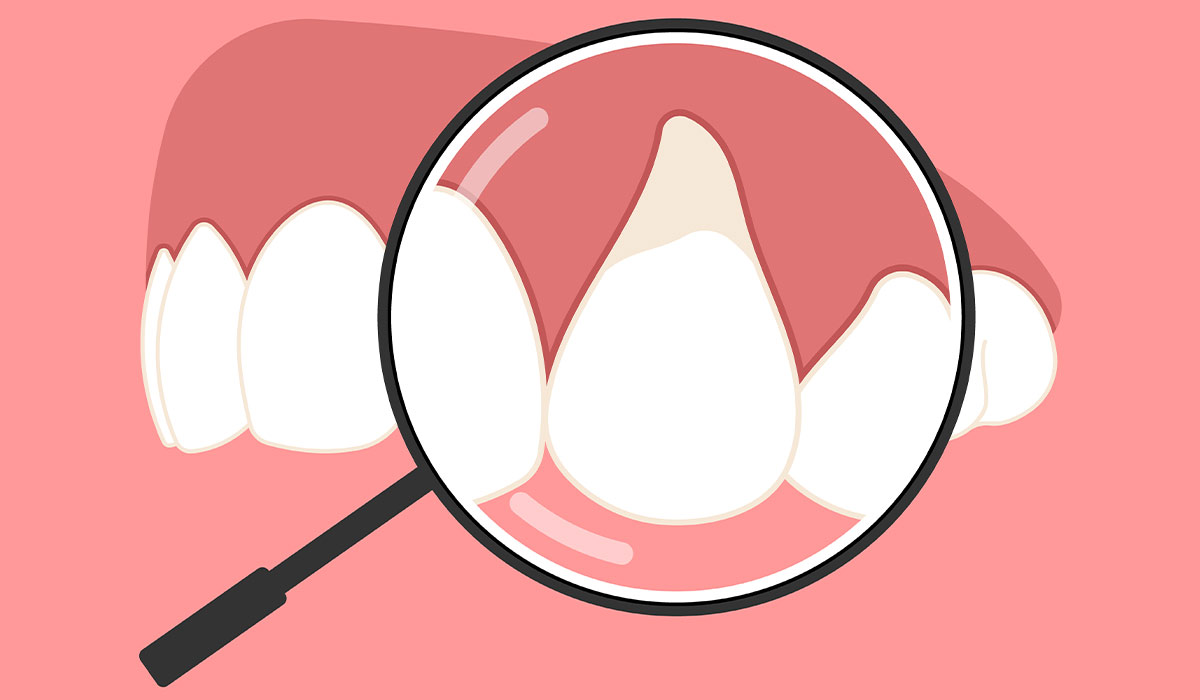
Periodontitis, or periodontal disease, is a serious gum disease caused by bacteria, leading to inflammation of soft tissues around your… read more »
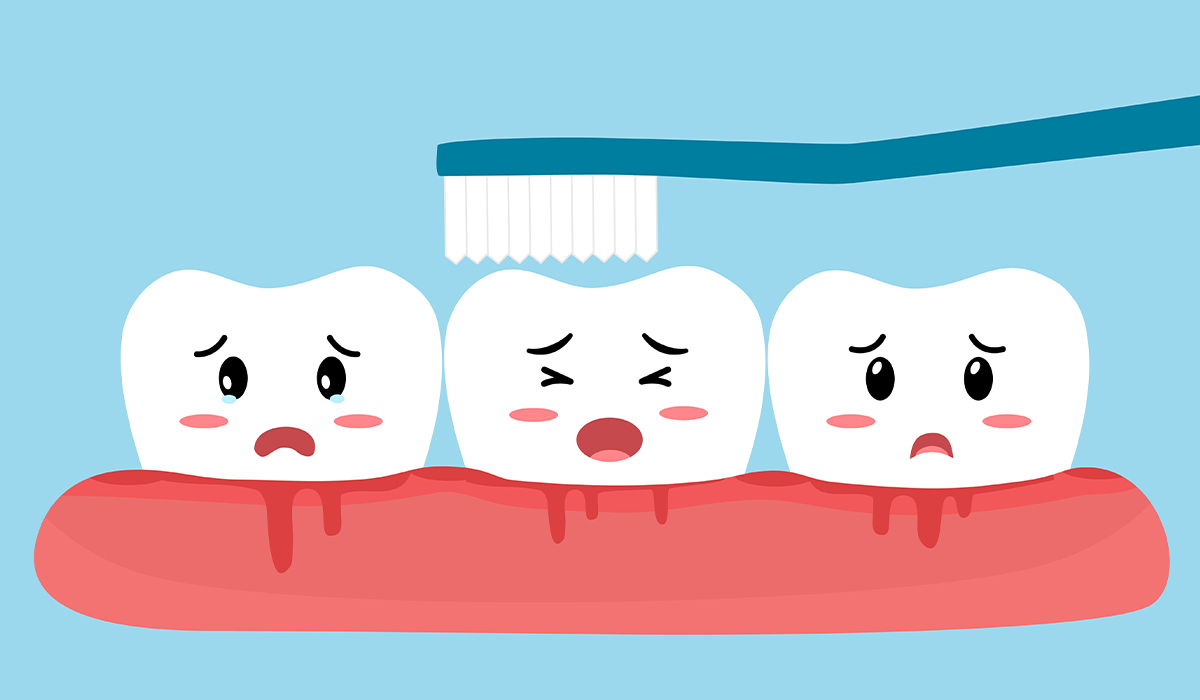
Gingivitis is a very common condition affecting the gums. It is a mild form of gum disease that causes bleeding… read more »

A toothache is an unpleasant symptom that can have various causes. Learn methods on how to deal with a toothache,… read more »

Bad breath is a common problem that can reduce quality of life. Find out the most common causes of halitosis… read more »
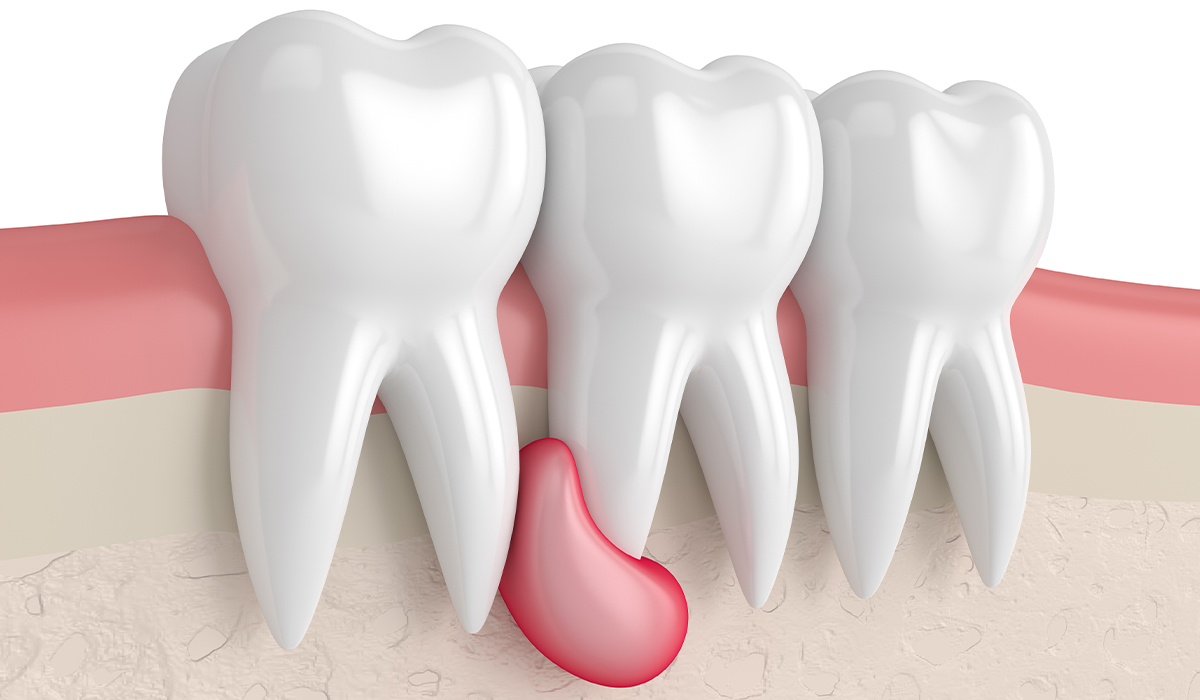
An abscess tooth is a painful dental condition characterized by a pocket of pus that forms due to a bacterial… read more »
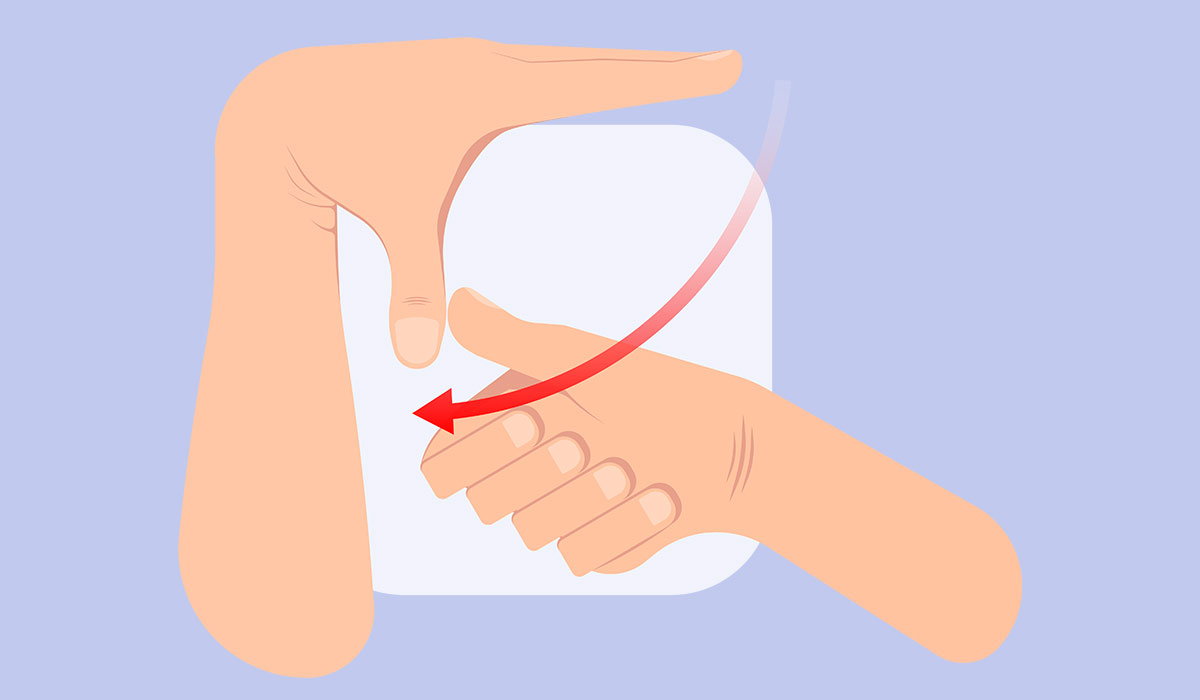
Ehlers-Danlos Syndrome is a group of diseases with a genetic basis. Learn all the symptoms associated with EDS. Find out… read more »

A dry socket may occur after tooth extraction, a procedure in which a tooth is removed from the socket in… read more »

Jaw Pain happens when one encounters pain within the jaw locale due to joint issues that connect the jawbone to… read more »
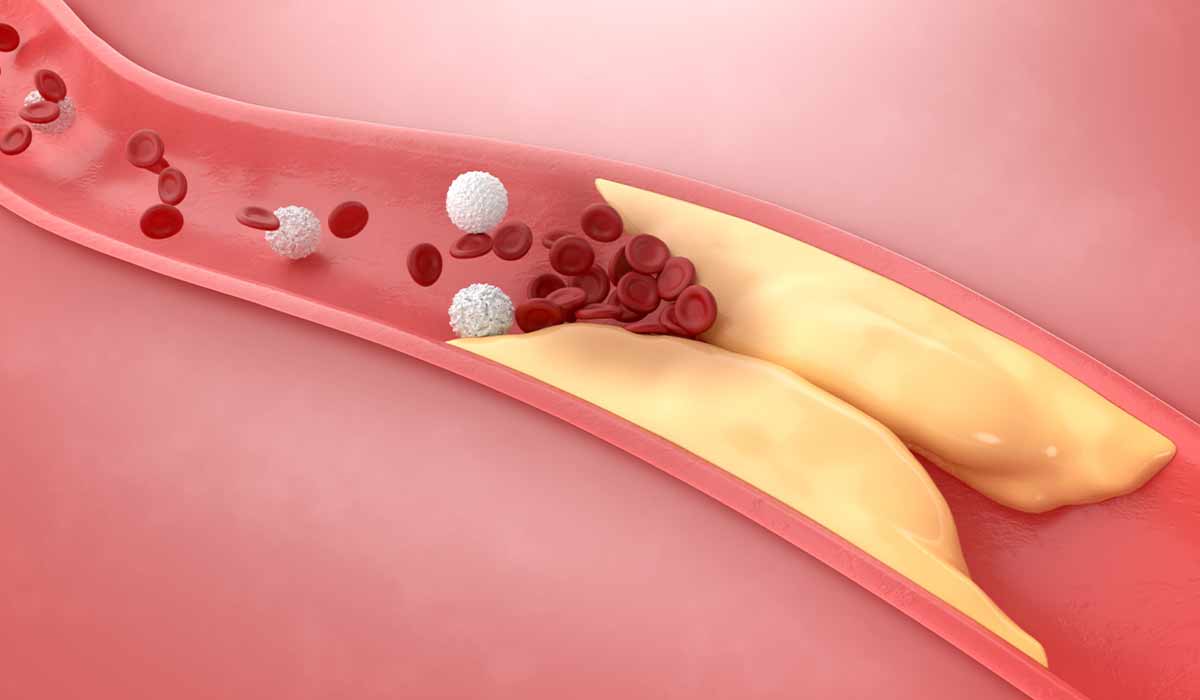
Atherosclerosis is a disease of the cardiovascular system that involves the deposition of atherosclerotic plaques in the inner layers of… read more »